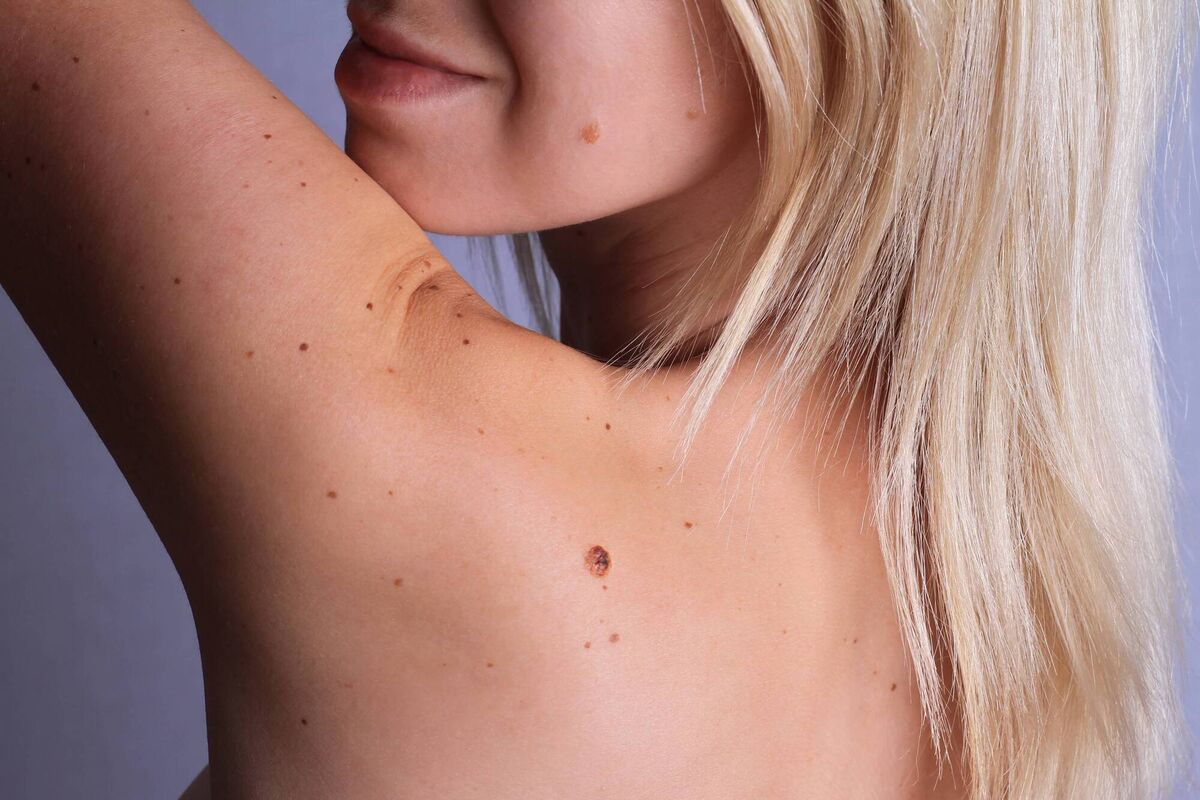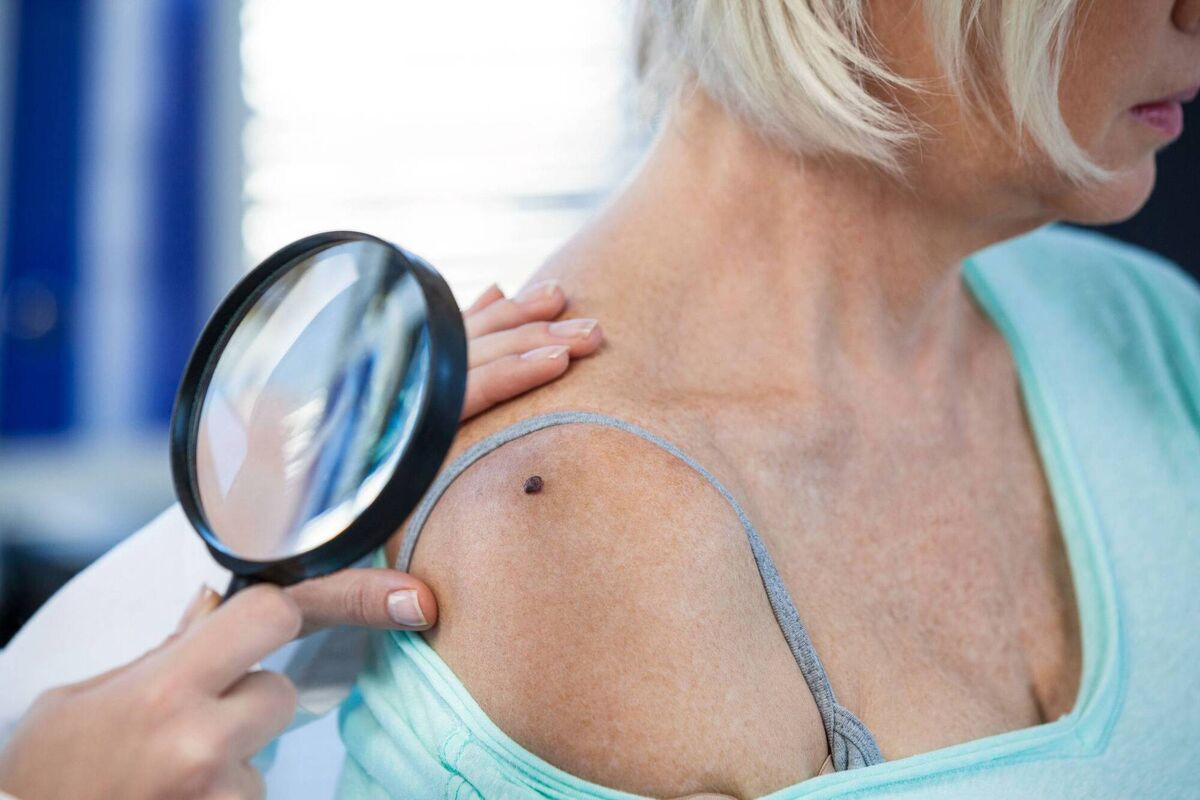Corrie's Sue Nicholls urges caution after a viewer spots her cancerous mole

Sue Nicholls as Audrey Roberts in Coronation Street. Picture: ITV
Coronation Street veteran Sue Nicholls has undergone a procedure to remove a mole that became cancerous, after a viewer watching the soap at home noticed irregularities.
The actress, who plays Audrey Roberts, took action after Anna Bianconi-Moore, a specialist skincare nurse, wrote a letter to producers/broadcasters ITV, urging her to get the growth looked at by a professional.

The mole had turned into melanoma by the time she went for an exam, and following her diagnosis, ITV released a statement: "Whilst millions watched the same scene in their living rooms at home, specialist skincare nurse Anna was able to diagnose the blemish as malignant melanoma after pausing the TV and taking a closer look.
“The 55-year-old who's from Suffolk then got in touch with the show to warn Sue to get the mole checked. In the end, almost a year passed before Sue had the mole removed and the diagnosis of malignant melanoma was confirmed. The actress then appealed for the viewer to get back in touch."
The two women later met on set, so that the star could thank the nurse in person.

The HSE says: "Moles are small, coloured spots on the skin. Most people have them and they're usually nothing to worry about unless they change size, shape or colour. Most harmless moles are round or oval-shaped, with a smooth edge - they can be flat or raised, and have hair growing from them."
"A mole is the result of a mutation within our melanocytes, which causes the cells to grow in a cluster instead of being spread out evenly across our skin," says Examiner contributor Jennifer Rock, aka the Skin Nerd.
- babies to be born with moles
- new moles to appear – especially in children and teenagers
- moles to fade or disappear as you get older
- moles to get slightly darker during pregnancy

It's important to get a new or existing mole checked out by your GP if it:
- changes shape or looks uneven
- changes colour, gets darker or has more than 2 colours
- starts itching, crusting, flaking or bleeding
- gets larger or more raised from the skin
These changes can happen over weeks or months. They're sometimes a sign of melanoma, a type of skin cancer.
What if it might be melanoma?
If your GP thinks it's melanoma, you'll be referred to a specialist in hospital, and seen on an urgent basis.
The main treatment for melanoma is surgery to remove the mole.
Most moles are harmless- and harmless moles are not usually treated by the HSE.
You can pay a private clinic to remove a mole, but it might be pricey - your GP can give you advice about where to get treatment.
UV light from the sun can increase the chance of a mole becoming cancerous.
If you have lots of moles, you need to be extra careful in the sun.
It's important to check your moles regularly for any changes.
- stay in the shade between 11am and 3pm, when sunlight is strongest
- cover skin with clothes – wear a hat and sunglasses if you have moles on your face
- regularly apply a high-factor sunscreen (minimum SPF15) – apply it again after swimming
- use sunlamps or sunbeds – they use UV light
- For more info on skin cancer, and ways to stay safe in the sun, check out the Irish Cancer Society's website.




